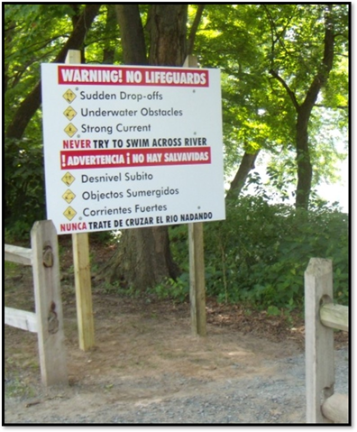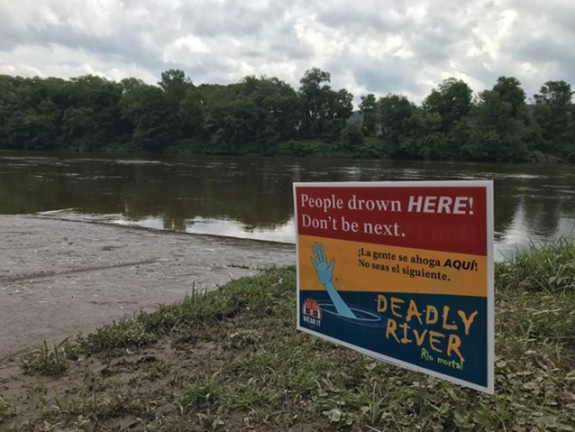Culture as culprit in drownings
Delaware Water Gap National Recreation Area. Most drownings in the Delaware Water Gap National Recreation Area occur while people are swimming, as people fail to wear lifejackets while swimming. This habit is especially dangerous in the unpredictable waters of the Delaware River.


Three people have drowned in the Delaware Water Gap National Recreation Area vicinity in the last few weeks. They had much in common with each other and the 100 others who have drowned there since the National Park Service began keeping records in 1971--95% were male; most were from the New York metropolitan area; 46 died in July; 31 on a Saturday; and two or three may have worn a lifejacket, but none wore a properly fitted and fastened one, said Kathleen Sandt, National Park Service spokesperson.
“Most were swimming when they drowned, even if they were on a boating trip. I think the issue is cultural,” said Sandt. “People don’t swim wearing lifejackets. On a boat trip, lifejackets are required for rentals, but people take them off when they swim.”
She knows the Delaware River’s allure and deceptions.
“It looks like a still lake. It’s smooth and placid on the surface. But steep dropoffs from shallow areas are common, and the strong current underneath can knock you off your feet. Then people panic,” she said.
A fitted and fastened lifejacket would offset this danger. The Park Service has made free loaner lifejackets available at boat launches and posted numerous signs in English and Spanish around the water about the danger of drowning and value and availability of life jackets, says Sandt. Park Service public service announcements proliferate around New York and Philadelphia metropolitan areas, and they make use of tourism bureaus and social media, she says.
Meanwhile, law enforcement rangers in motor boats patrol, and volunteer River Safety Ambassadors in kayaks give safety tips and guidance. But the custom of swimming without lifejackets continues to bring casualties.
For those who disregard these cautionary communications, Sandt has this advice when caught in a current. Instead of panicking, relax. “Lie on your back with your head upriver and feet downriver in case of rocks. Float with the current until you’re able to swim, when you get to a lighter current or a shallow place. The river is clean and clear. You can see the bottom.”
Most were swimming when they drowned, even if they were on a boating trip. I think the issue is cultural. People don’t swim wearing lifejackets. On a boat trip, lifejackets are required for rentals, but people take them off when they swim. -Kathleen Sandt, National Park Service spokesperson